Looking for a quick adventure fix? Here are some of the best day hikes and expert tips to get the most out of your spring excursions.
by Mike Disario, OutsideDaily
It’s that time of year when we’re all busting to get outside and enjoy the warm weather and longer days. Although multi-day camping and backpacking adventures are still a couple of months away for many of us, solid day hiking lets us scratch the itch. Fortunately, quality day hikes can be found just about everywhere. A little planning and a splash of prepping is all it takes.
We’ve rounded up some of the best day hikes around the country for you. If you’re in the area, do yourself a favor and wear out some boot leather. And to help you make the most of your spring excursions, wherever they may be, we’ve included some practical gear tips as well. This go-around, we’re highlighting a brace of products from a company called ALPS Mountaineering. We had some great experiences with the company’s high-end packs last year, so this year we’re evaluating several of their hiking and camping products, and so far we like the quality and innovation we’re getting for our money.
Too often, what starts out as a promising jaunt into the wilds falls short due to inadequate gear or failing to take no gear at all. By combining thoughtful trip planning with quality hiking gear, you’re sure to return to the trailhead satisfied and anticipating your next adventure.
Trips-N-Tips #1: Dolly Sods Wilderness, West Virginia
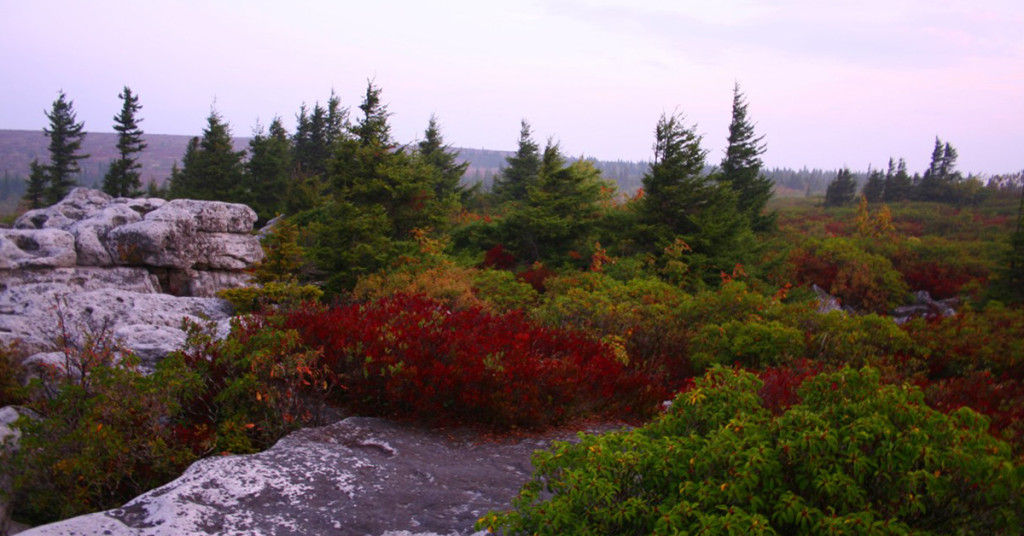
Trips-N-Tips #2: Make Your Day with the Right Pack
Veteran day hikers know that a good pack can be the make-or-break of a trip. Don’t take one and you’ll likely be cutting your hike short because there wasn’t enough room in your fanny pack to carry ample water, food, and all those little essentials that make for an enjoyable and comfortable outing. Take a poorly made or improperly sized pack and you may have to call “game over” because your shoulders hurt, your back is soaked, or you’re just worn out from the struggle.
The first step in finding the right day pack is determining what you typically require on a day hike. That means food, 2-3 liters of water, small First-Aid kit, sunscreen or insect repellent, a knife or multi-tool, optional warm or wet weather outer wear, and any other must-haves. This will determine your average pack volume requirement. We find that a 1,000 to 1,200 cubic-inch pack is perfect for a dusk-to-dawn hike, offering plenty of room for essentials but not so accommodating that we are tempted to pack more than is necessary. An absolute must for us is a pack with an integrated hydration bladder. Frequent sips are better than infrequent chugging, and we never have to stop and dig out the water bottle.
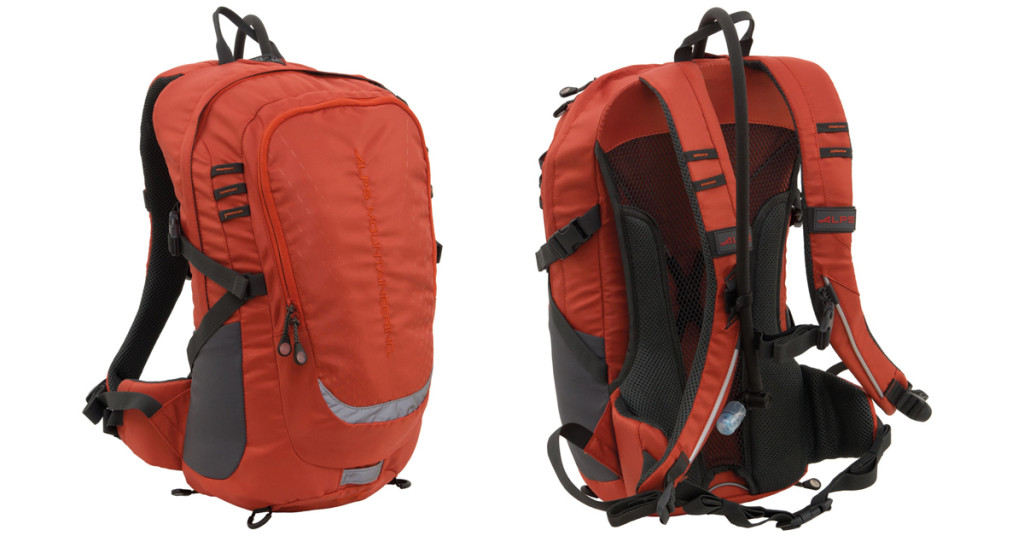
The ideal day hiking pack falls in that happy middle ground of “not too small, not too big.” You want enough capacity to carry everything you need, and the right features to make the journey comfortable. The ALPS Hydro Trail 17 sits right in that sweet spot. The main cargo pouch offers plenty of room for a day’s worth of essentials while still accommodating the integrated 3-liter hydration reservoir. There’s also a roomy front pocket for those quick-need items so you don’t have to riffle through a single, large compartment to find your gear. One of the more interesting features of this pack, which makes it a dream on hot days, is the suspended mesh back panel. This includes a wire suspension frame that, unlike most “suspended back panel” packs on the market today, actually puts some breathing room between your back and the pack. Additional features include trekking pole loops, side compression straps to stabilize your load, stretch side pockets, and an integrated rain cover that stows discretely in a small zippered compartment in the bottom of the pack.
Trips-N-Tips #3: Santa Elena Canyon Trail, Big Bend NP, Texas
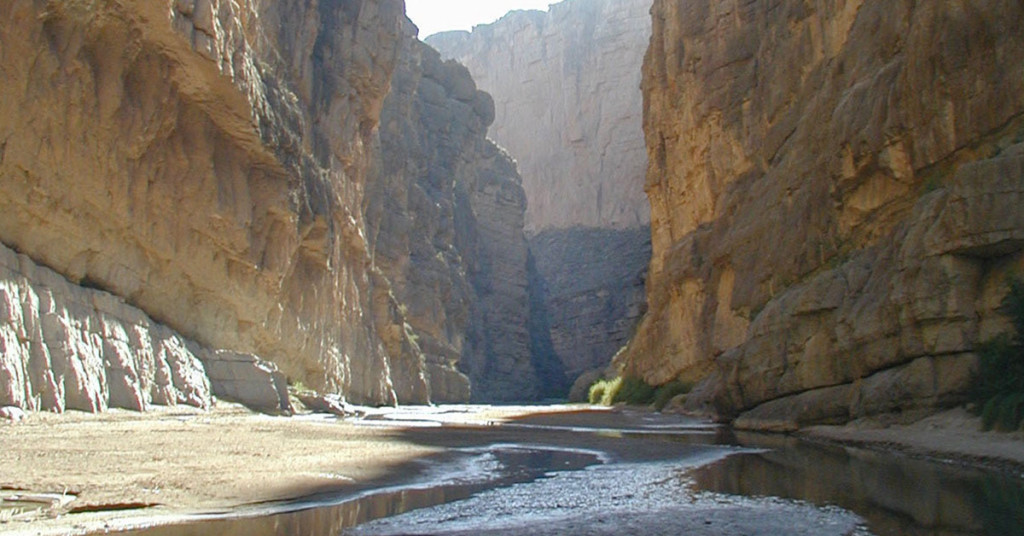
Trips-N-Tips #4: Drink Up and Drink Often
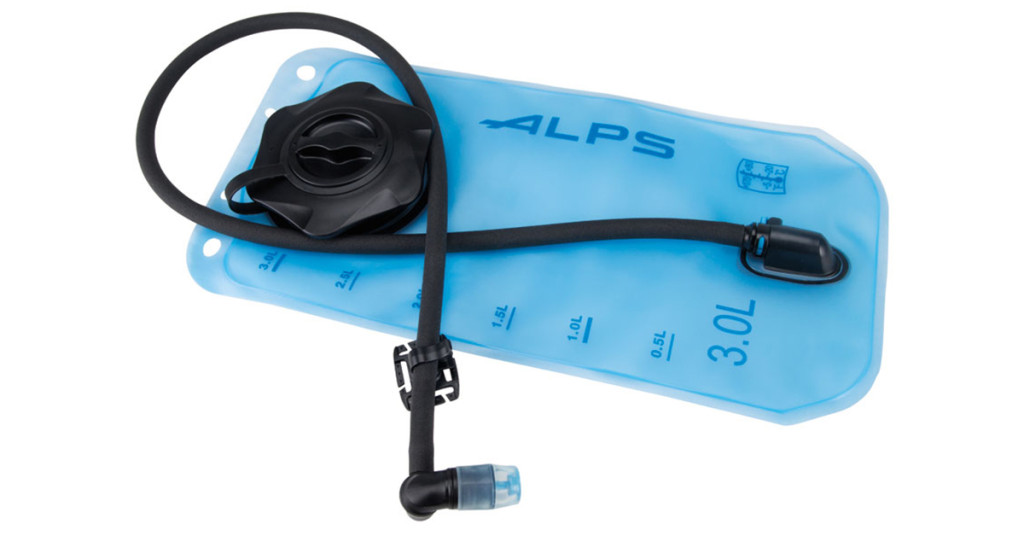
No matter the environment you’re hiking in, ample water is a must. We like to carry 2-3 liters on a full day-hike so that there’s plenty for drinking, meal hydration, and a refreshing clean-up. Having run through numerous hydration systems over the years, we’ve found only one—the Reservoir 3.0—that solves all the inherent aggravations typical of standard hydration units.
The Reservoir 3.0 isn’t your average water hauler. To start, there is the two-in-one cap. Open the small cap to easily fill the bladder. This smaller opening goes a long way toward preventing “the big slosh” during fill-up. When it’s time to drain and clean the bladder, simply unscrew the large cap assembly for easy access and drying. The other feature we really appreciate is the quick-connect that allows you to separate the drink tube from the reservoir without leaking. This also makes it easier to fill the bladder (no more flopping drink tubes or bite valves dragging in the dirt).
Speaking of the bite valve, there’s a lot going on here as well. First, the valve can be rotated to three different positions to work with whichever shoulder strap you clip it to. Second the valve can be twisted to full-open for a “no bite” drink. We like this because it’s easy to dispense water into a container or when hydrating a meal pack. Third, there’s a built-in check valve to prevent backwash and to keep air from entering the tube.
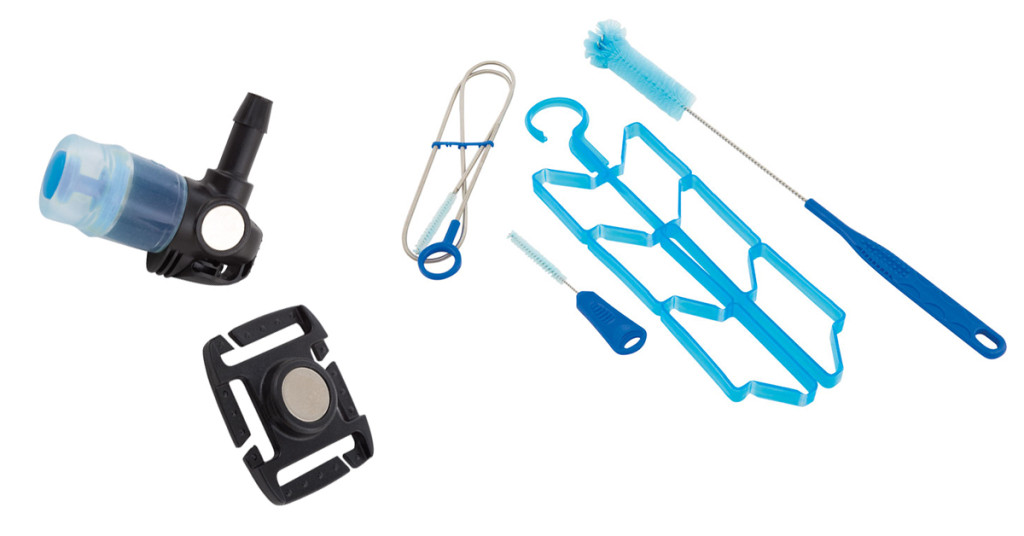
One cool option that ALPS Mountaineering offers for the Reservoir 3.0 is a magnetic bite valve that replaces the standard valve. This valve comes with a magnet in the valve and on the clip. You can put it on 3/4- to 1-inch wide pack straps so the valve can be placed anywhere you want it, allowing you to grab it, drink, and replace all with one hand.
Another item we recommend adding to this system is the Reservoir cleaning kit. This kit is one of the most comprehensive on the market for properly cleaning and maintaining your hydration system. With it, you can thoroughly clean your bladder and drink tube, as well as dry it out to prevent bacterial growth.
Trips-N-Tips #5: River to River Trail, Illinois
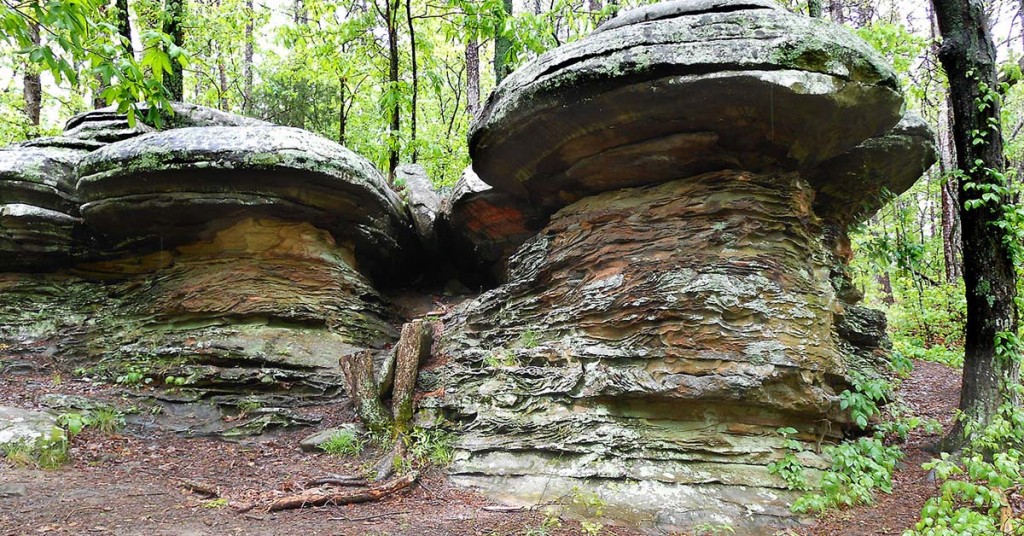
Encompassed by the Shawnee National Forest and spanning two Ranger Districts, this is a long trail—roughly 160 miles worth—that crosses southern Illinois, connecting the Ohio River to the east with the Mississippi to the west. It’s also part of the American Discovery Trail system. Here you’ll find some of the most isolated wilderness country in the Midwest, offering terrific wildlife viewing, nature photography, and exploration amongst the many sandstone outcroppings along the way.
Trips-N-Tips #6: Have a Seat (better yet, take one!)
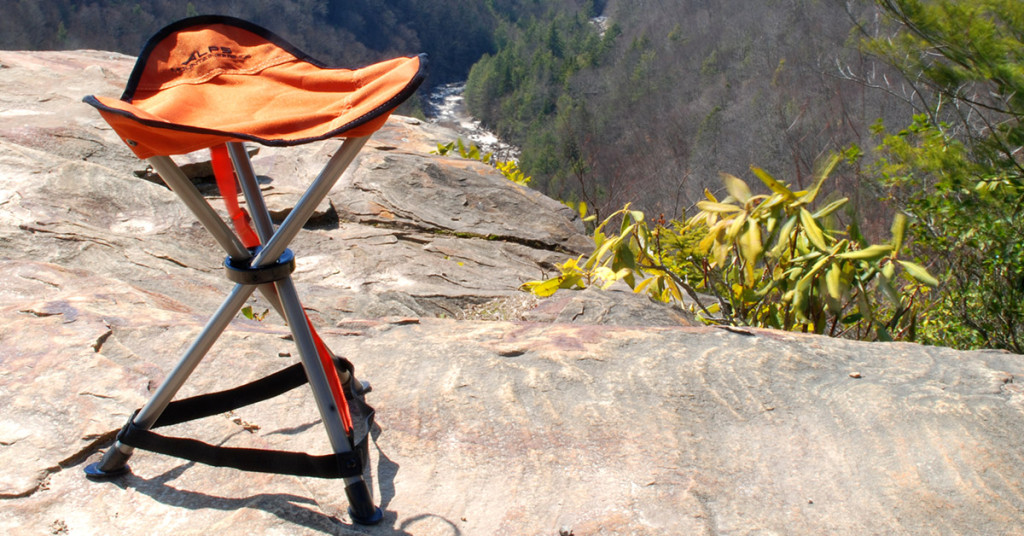
We can usually find a dry and quasi-comfortable spot to take a load off during a hike, but sometimes…not so much. That’s when a comfortable seat comes in. We’re not talking about packing a lounge chair or a stadium seat into the wilderness, but a small, lightweight stool can be one of those “worth the effort” pieces of gear. A small stool is perfect if you’re hiking in boggy country or if you just don’t want to sit on the ground. Having a good rest can help extend your time on the trail, and it certainly makes trail breaks more enjoyable.
Our favorite day hike furniture is the folding Tri-Leg Stool by ALPS Mountaineering. It comes with a 600 Denier polyester seat material supported on powder-coated steel legs. This stool folds up to a tight 3×23-inch bundle and weighs a scant two pounds (weight capacity is 250 lbs.). The Tri-Leg Stool comes with a carry bag, but for day hiking, we simply tuck one leg into our daypack side pouch and lash the stool to the pack with a side strap. It carries easily and the weight is negligible. Now, when it’s time to stop for lunch or just take a rest, we don’t have to hunt for a large rock or dry patch of ground.
Trips-N-Tips #7: Mills Lake Trail, Rocky Mountain NP
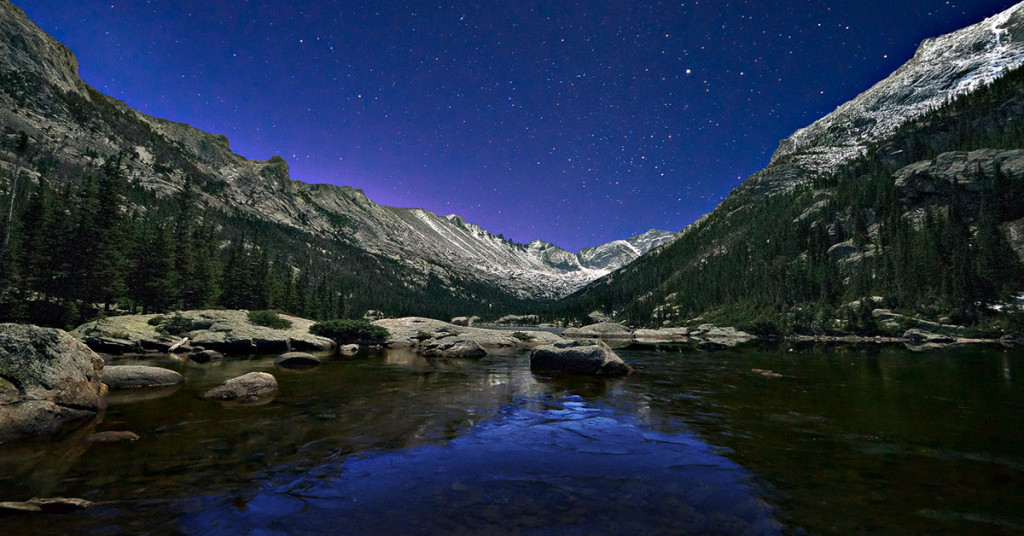
The adventure begins at either the Glacier Gorge or Bear Lake Trailhead (depending on parking availability), and roughly parallels Glacier Creek as you wind your way upstream to Mills Lake. While there is plenty to see here, the big attractions are Alberta Falls, the view of East Glacier Knob to the west, and, of course, the stunning Mills Lake. Plan on three hours to take in all this 5.5-mile round-trip hike has to offer.
Trips-N-Tips #8: Night Lights for Day Hikes? Yes!
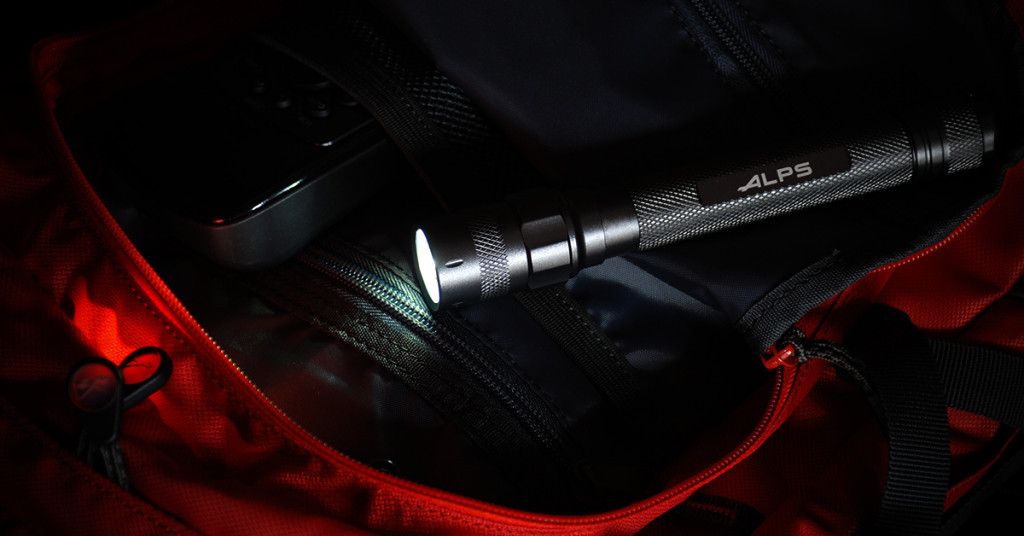
It’s happened to all of us at one time or another—either we grudgingly cut short a hike in order to get back to the trailhead before dark, or we get so curious to see what’s around the next bend that we don’t make it back before dark. Whichever the case, this is why we always carry a flashlight and fresh batteries with us at all times. In addition to helping you get back to the trailhead after nightfall, it’s simply good practice to keep a light in your vehicle anytime you’re traveling the backcountry.
The ALPS Mountaineering Firelight 240 is an ideal hiking light that has one clear advantage that we’ve not seen so well executed in other two-cell lights we’ve tested over the years—that being a quality beam adjustment. You can adjust the beam from a pointed 15 degrees for precise or long-distance (up to 100 yards) illumination to a wide 75 degrees. The wide beam works great when you’re trying to needle your way through brush or tight trails after dark, or if you’re the only one in your hiking party with a light, as the broad beam allows those behind you to see the trail ahead. What’s more, the Firelight 240 has four modes—high, low, strobe, and SOS—and generates 240 lumens. You can run the Firelight 240 at its highest setting for up to five hours, giving you plenty of time to find your way back to civilization.
Trips-N-Tips #9: Mount San Antonio, California
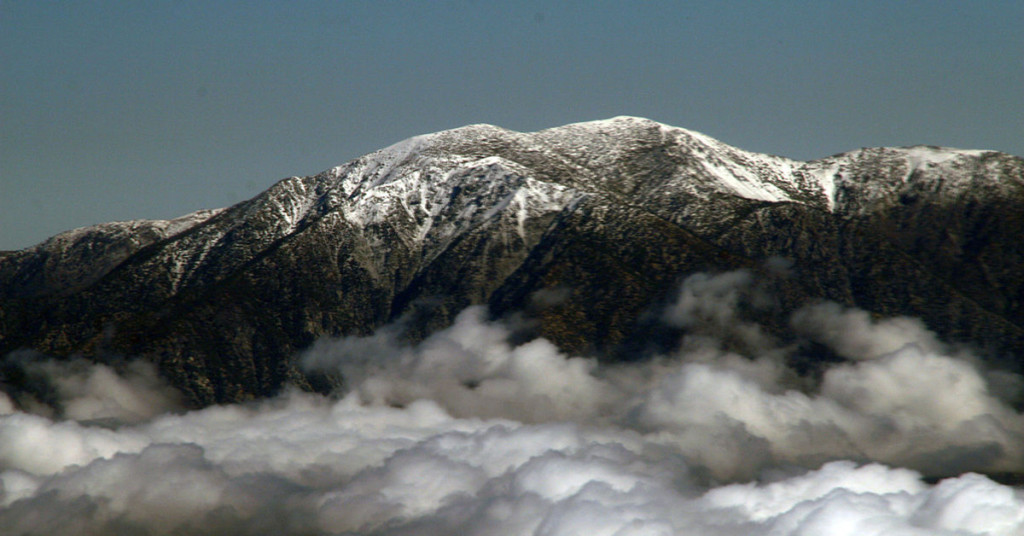
Trips-N-Tips #10: The Secret to Going Farther and Lasting Longer
If you have ever used hiking sticks or trekking poles, you probably never go afield without one. While they may seem like luxury or unnecessary items to novice hikers, veterans know their true value. Not only do trekking poles provide extra balance, stability, and weight distribution when traversing difficult terrain, they play a major role in reducing muscle fatigue, back strain, knee strain, and leg and foot injuries when walking relatively flat and solid surfaces. So, no, we don’t consider these to be “extras” but rather necessities.
Look for a trekking pole that is easily adjustable to your body size and walking technique. A quality pole should also have a well-padded grip and a strong wrist lanyard that supports your hand and offers good leverage for steep incline/decline travel. High-end poles sometimes come with an anti-shock system that significantly helps with downhill walking, and a durable tungsten carbide tip (chisel-style for maximum traction on rocky terrain) with a removable rubber cap for walking on compacted soil. A basket at the end of the pole reduces penetration in snow or soft soil.
The Explorer Trekking Pole by ALPS Mountaineering includes all the top-end features we want in a quality trekking pole. Its three-piece aluminum body is lightweight and twist-lock adjustable to any hiker’s preference. A solid foam/EVA grip and wide-strap wrist lanyard provide comfortable control, while the built-in anti-shock system eases downhill hiking stresses. The large basket can be removed, depending on the hiking conditions, and the removable rubber cap reveals a robust tungsten carbide chisel tip for optimal traction on rocky surfaces.
Nothing cures cabin fever like an adventurous day hike, and with the longer days and warmer temperatures upon us, now is the time to enjoy the awakening wilderness before the bugs and the heat settle in. If you have the chance to try some of our trip suggestions, you won’t be disappointed. Yet no matter where your travels take you, remember that quality gear, carefully selected, can make your journeys even more enjoyable.
SOURCE
article copyright © 2017 by OutsideDaily.com; promoted by ALPS Mountaineering


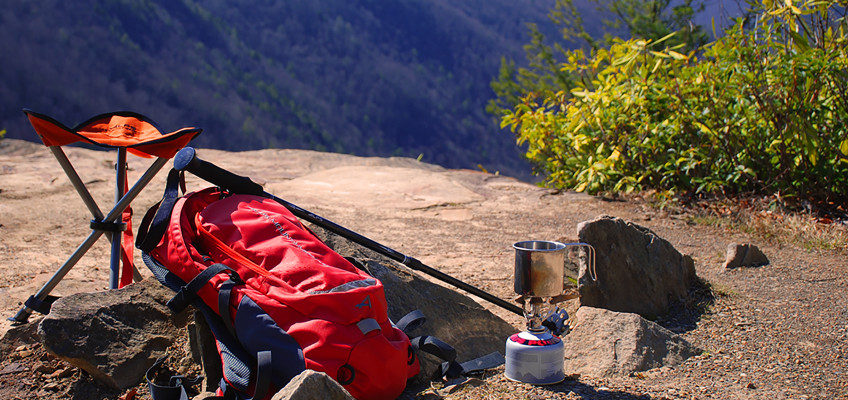
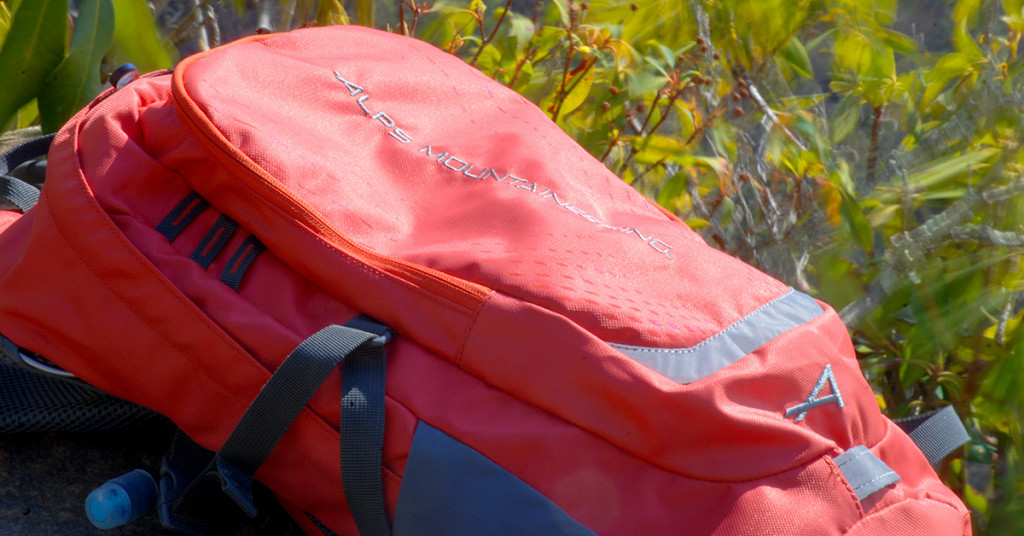
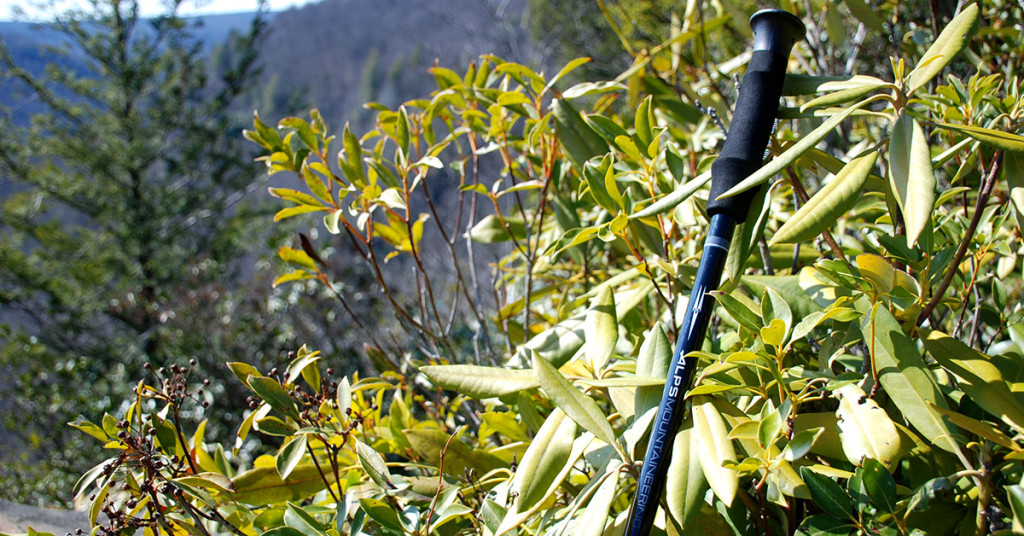

Leave a Reply